ABSTRACT
Fingerprints are infallible means of identification and have always been used to solve crimes due to their availability, in abundance, at any crime scene. Latent fingerprints are difficult to visualize as they are invisible and need to be developed. In the present research work, fingerprints were developed on unusual surfaces namely, bricks (clay and concrete), stones (granite, sandstone, and limestone), plastic (trash bag, straw, and bottle), ropes (cotton, nylon, and plastic), earthen pots, clay tiles, ice-cream sticks, candles, and cigarette butts, using fingerprint powder, silver nitrate, ninhydrin, and Small Particle Reagent (SPR). These surfaces are rarely considered for developing fingerprints. Results obtained depict that powder method gave best results on plastic surfaces (straws, trash bags, bottles) whereas, ninhydrin did not give results on any of the surfaces taken. Additionally, silver nitrate method gave good results on earthen pots, clay tiles, and ice-cream sticks. SPR method showed good results with trash bags, clay tiles and granite.
INTRODUCTION
Fingerprints can be defined as the prints left behind by our friction ridge skin (FRS) on coming in contact with any surface. Friction ridge skin is a special kind of skin consisting of raised regions (hills or ridges) and depressed portions (valleys or grooves) and is present on the palms and soles. The ridges consist of sweat pores which play a very important role in the formation and deposition of fingerprints. Fingerprint pattern area is the main part of the print, where the ridges form a particular pattern. The pattern area is enclosed by two parallel ridges which diverge and surround or tend to surround the pattern area and are known as type lines. The crime scene print and specimen print is first matched on the basis of level 1 details like pattern type, core, delta, orientation etc. If these match, the two are compared on the basis of the relative location and nature of ridge characteristics or minutiae. These minutiae are of different types and are considered as the basis of identification (bifurcation, trifurcation, ridge ending, divergence, dot, island, etc.). Level 3 details, on the other hand, are used in accordance with level 2 details, and include sweat pores, creases, incipient ridges, etc. The current research work was undertaken with the objective of developing fingerprints on those surfaces which are abundantly available at any crime scene but are neglected due to some reasons. Unusual surfaces namely, bricks (clay and concrete), stones (granite, sandstone, and limestone), plastic (trash bag, straw, and bottle), ropes (cotton, nylon, and plastic), earthen pots, clay tiles, ice-cream sticks, candles, and cigarette butts were considered. Fingerprints were developed using fingerprint powder, silver nitrate, ninhydrin, and SPR method. Results obtained depict that fingerprint powders best suited on plastic surfaces (straws, trash bags, bottles) whereas, ninhydrin did not give results on any of the surfaces taken. Additionally, silver nitrate method gave good results on surfaces such as earthen pots, clay tiles, and ice-cream sticks while, SPR gave good results with trash bags, clay tiles and granite.
Abhishek Rathore
M.Sc. Forensic Science Batch 2020-22
Contact - 18abhishekrathore@gmail.com
Supervisor – Jaisleen Kaur


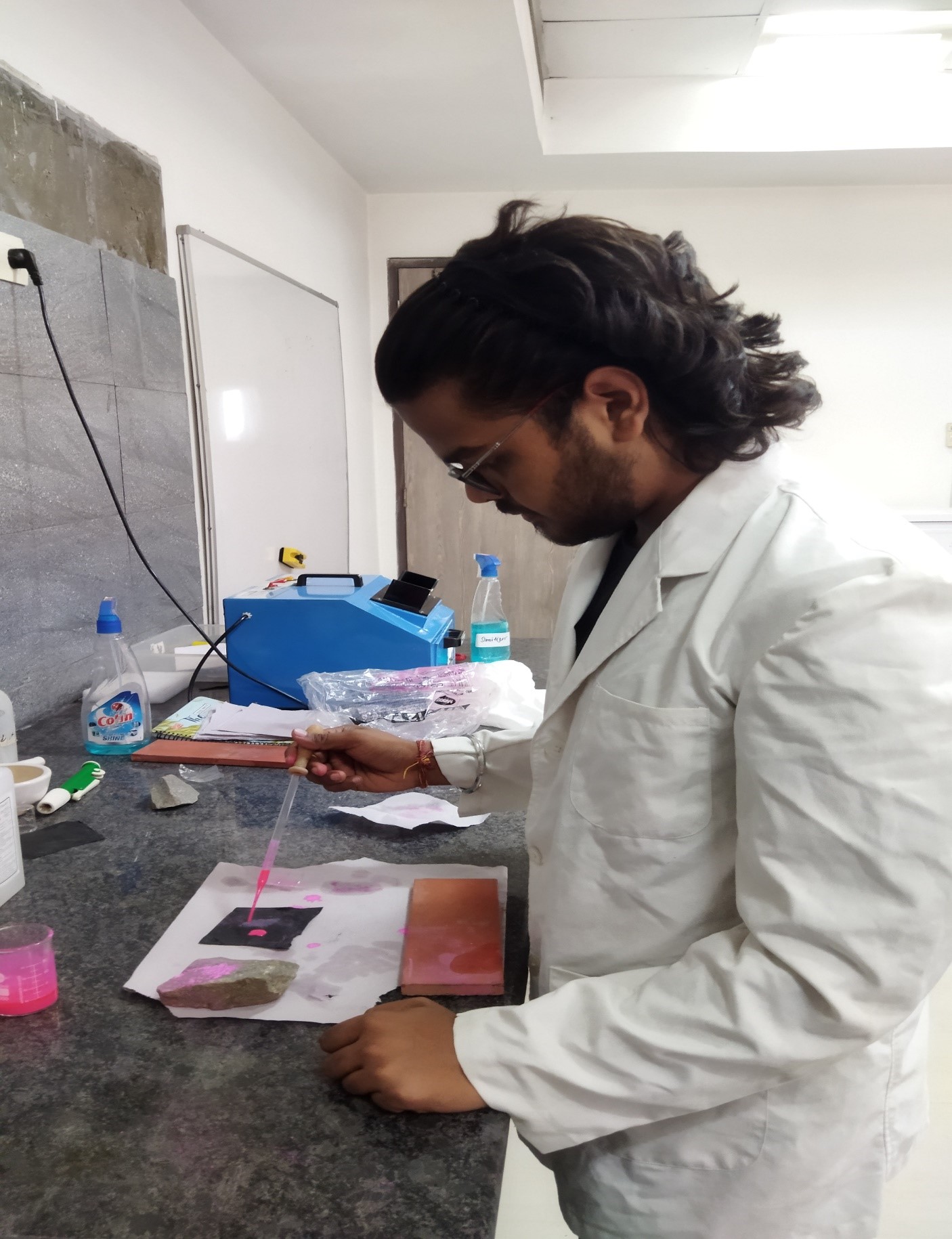
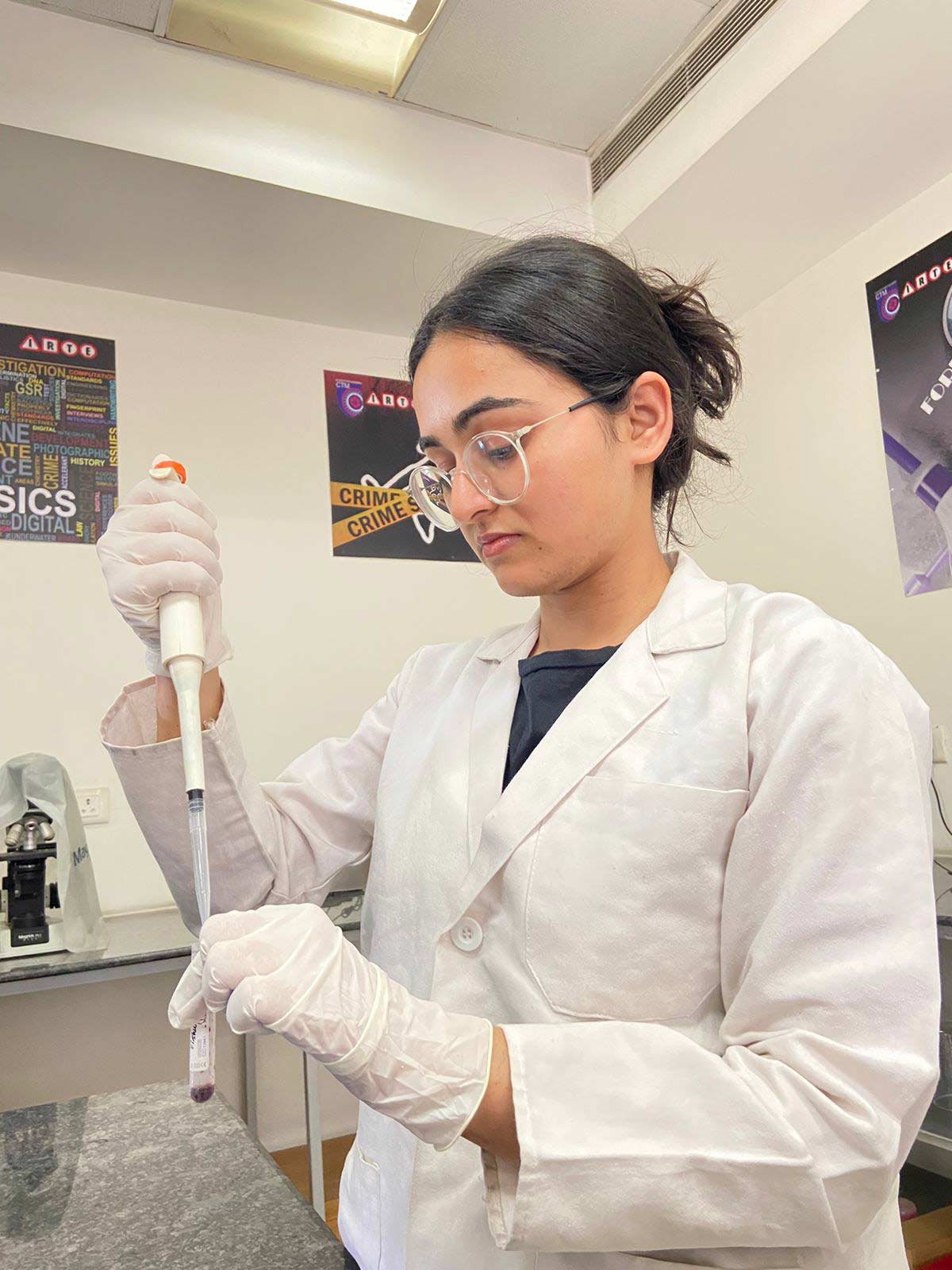
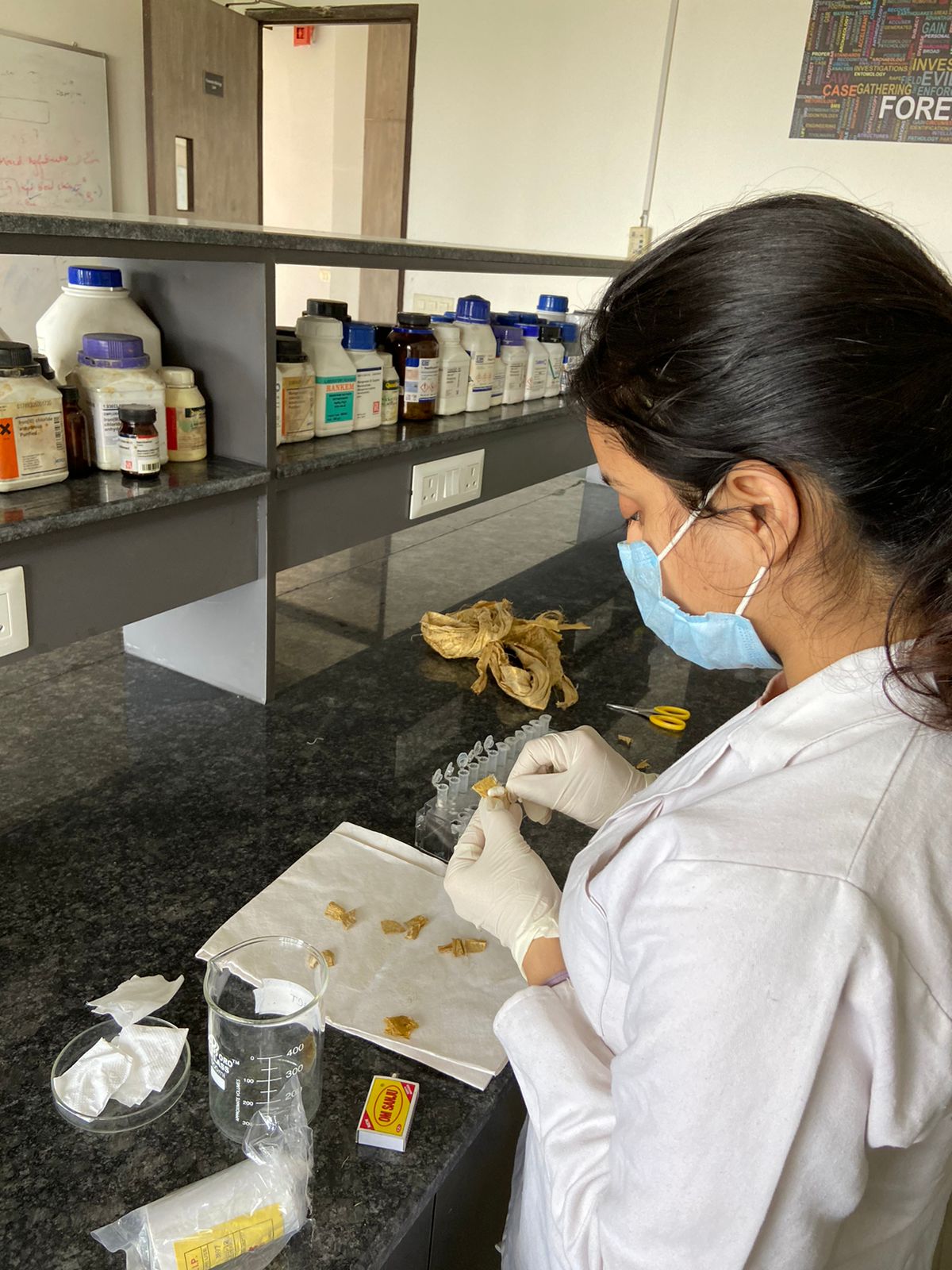
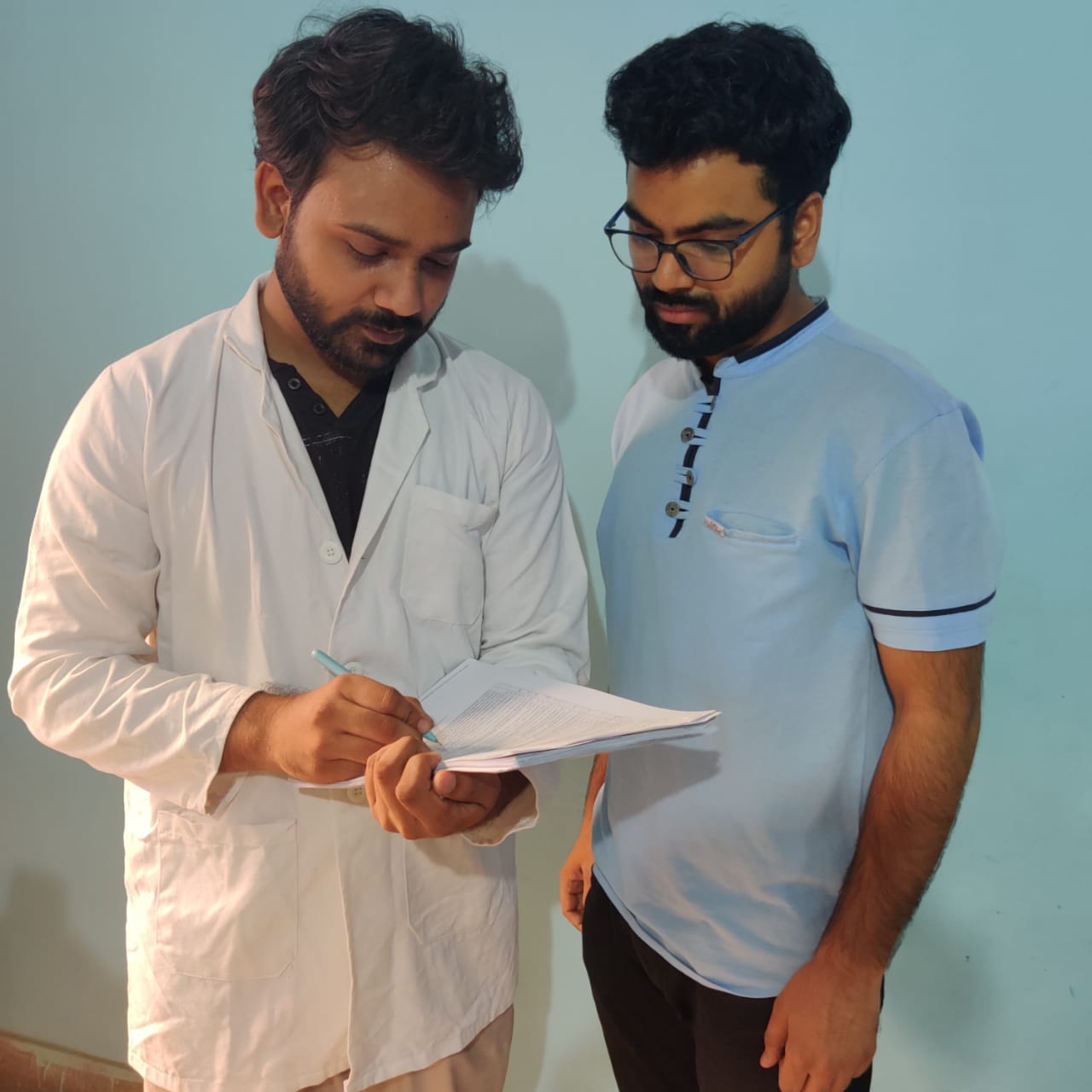
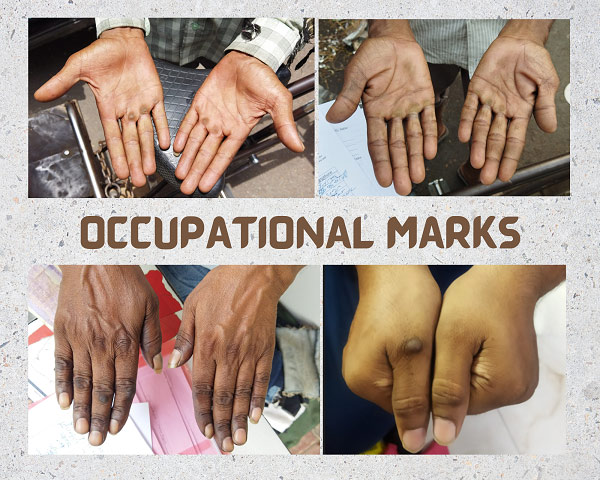
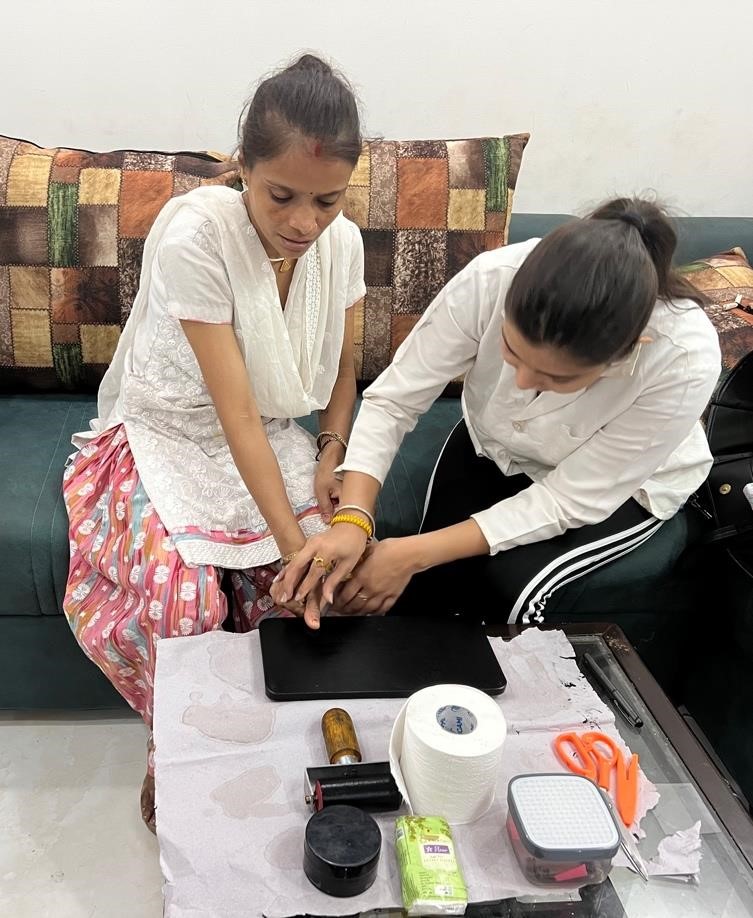
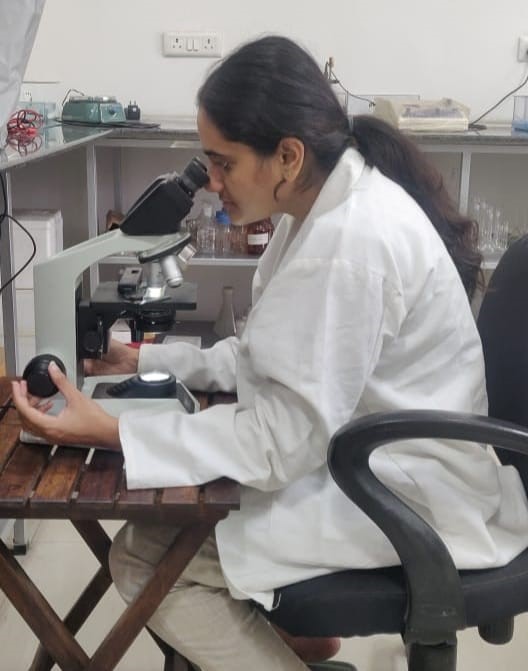
No Comments